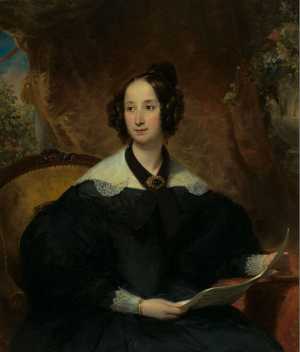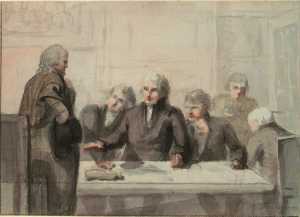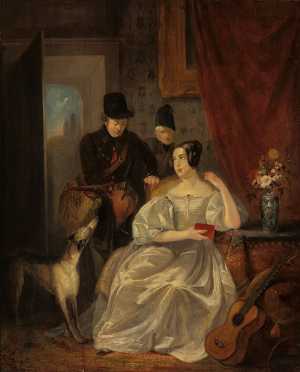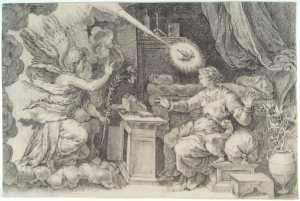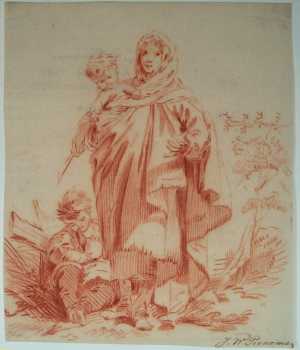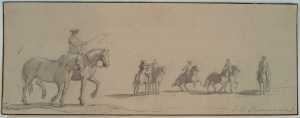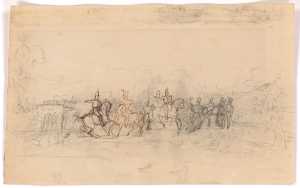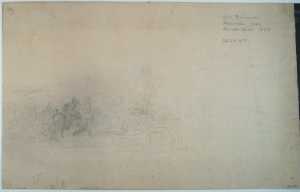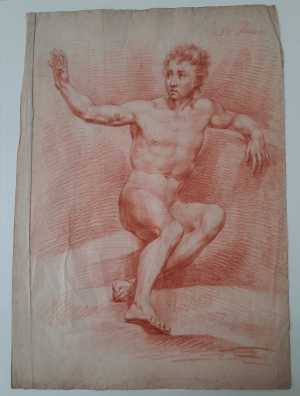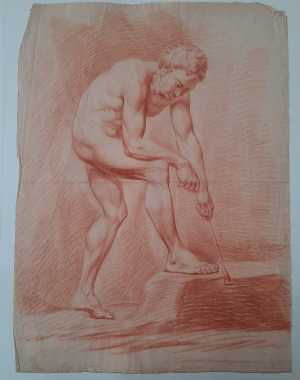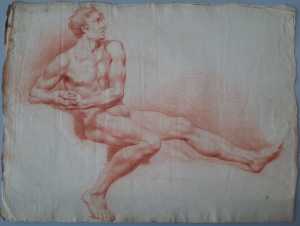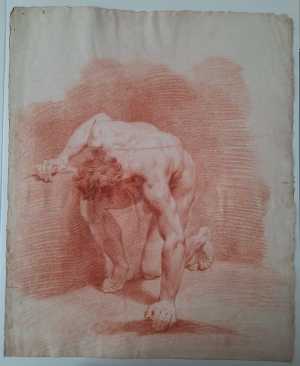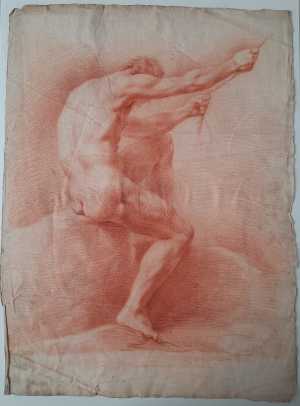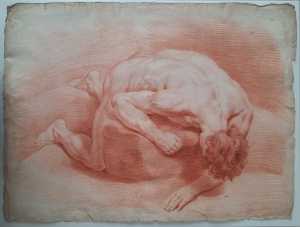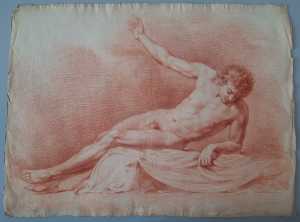Jan Willem Pieneman was not only a successful painter with an intensive teaching practice, but also became director of the Royal Academy of Fine Arts in Amsterdam and later of the Rijksmuseum in Amsterdam. He owes his fame to paintings that depict scenes from the history of the United Kingdom of the Netherlands. He painted these for various buildings, including the Welgelegen Pavilion in Haarlem and Soestdijk Palace. He also made several trips to England where he painted portraits of the nobility. As director of the Rijksmuseum he played an important role for a group of young artists, including Josef Israëls. His son Nicolaas and granddaughter Johanna were both artists.
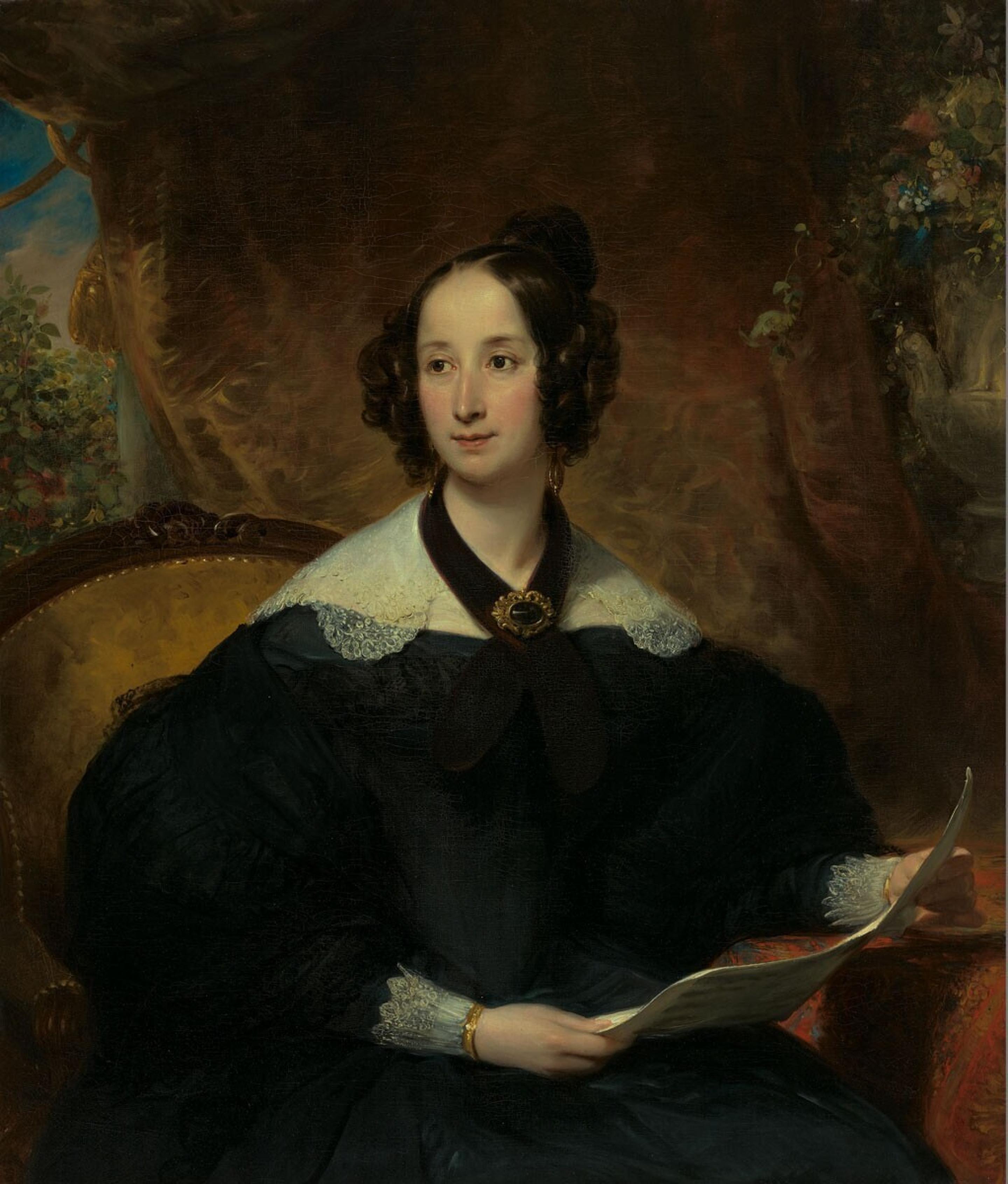
Jan Willem Pieneman
Abcoude 1779 - Amsterdam 1853


